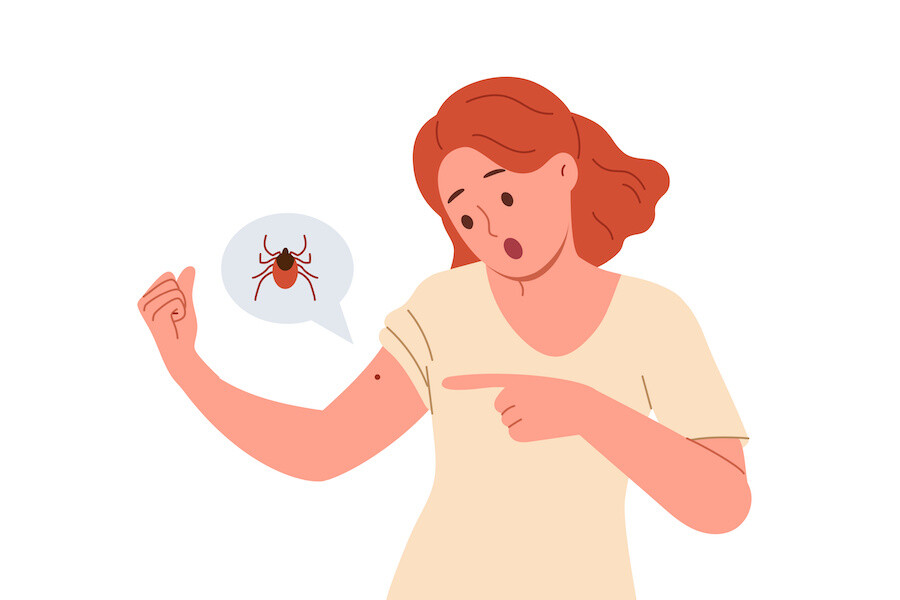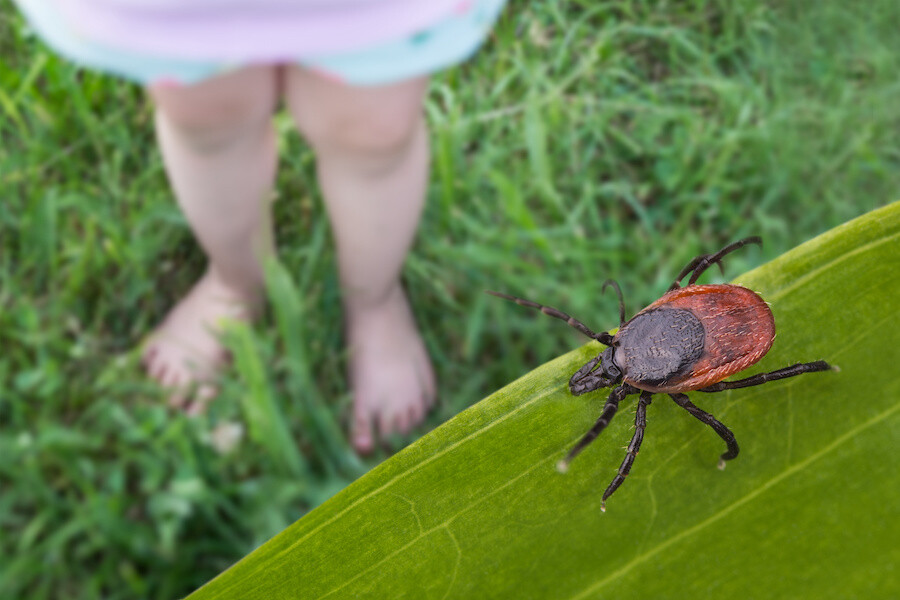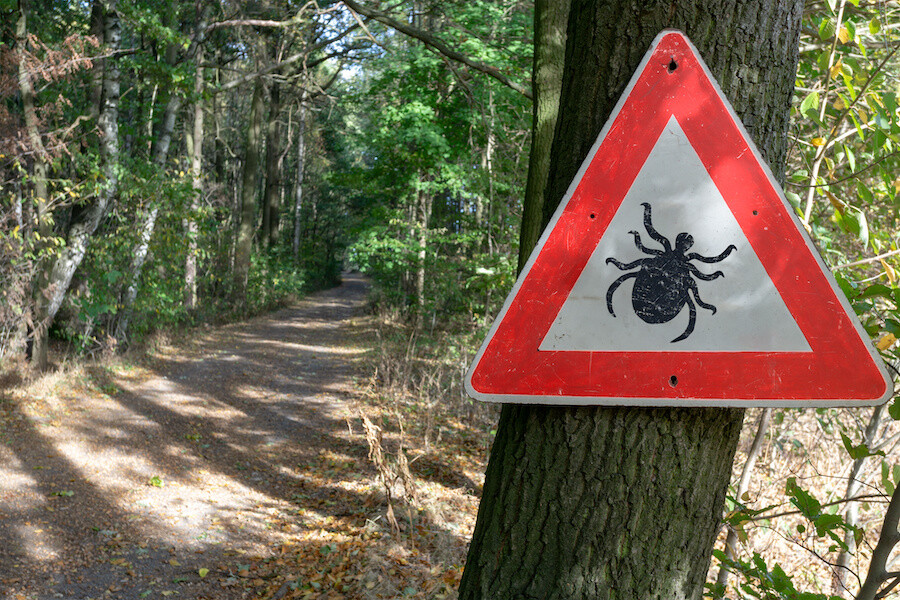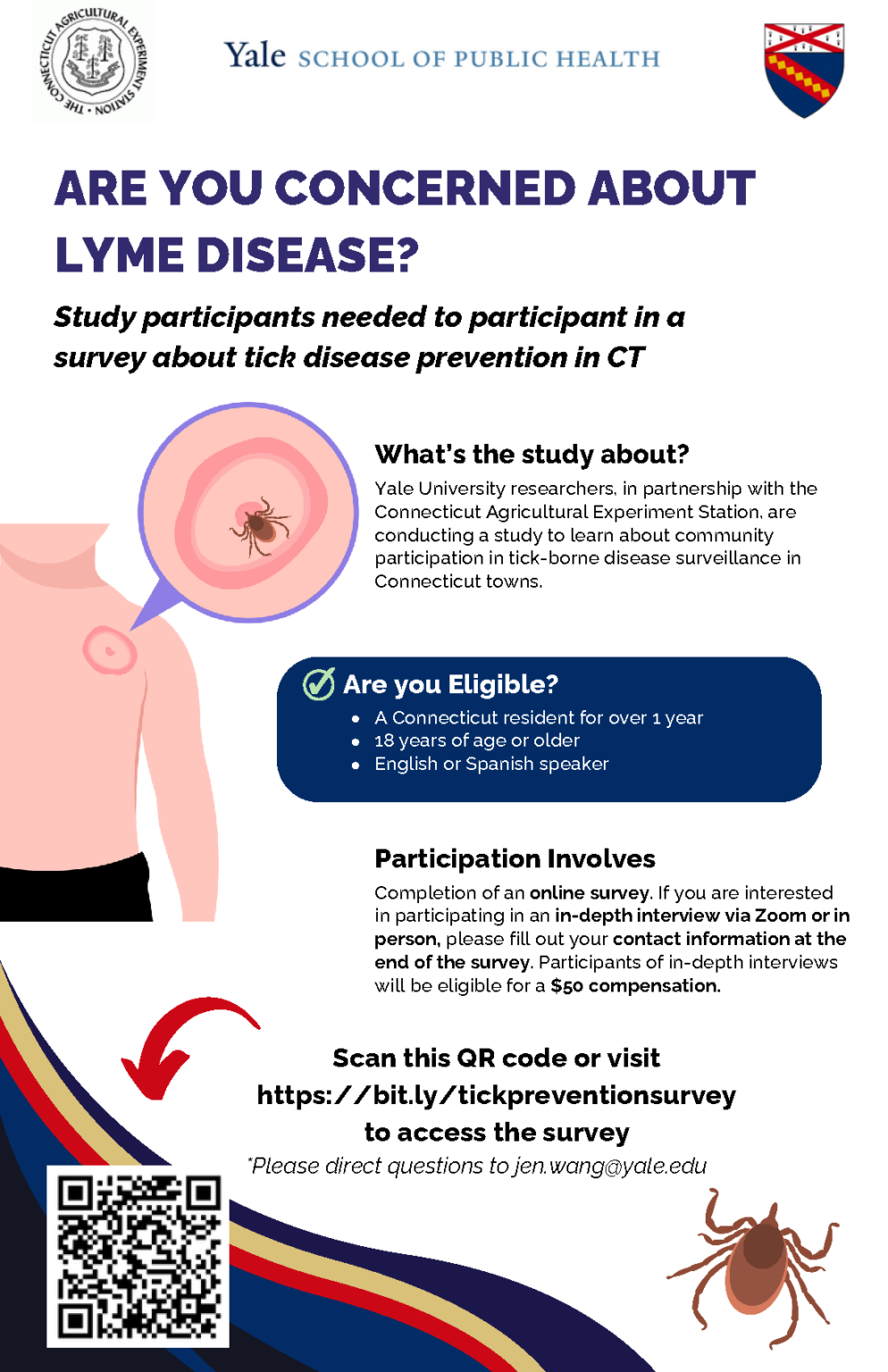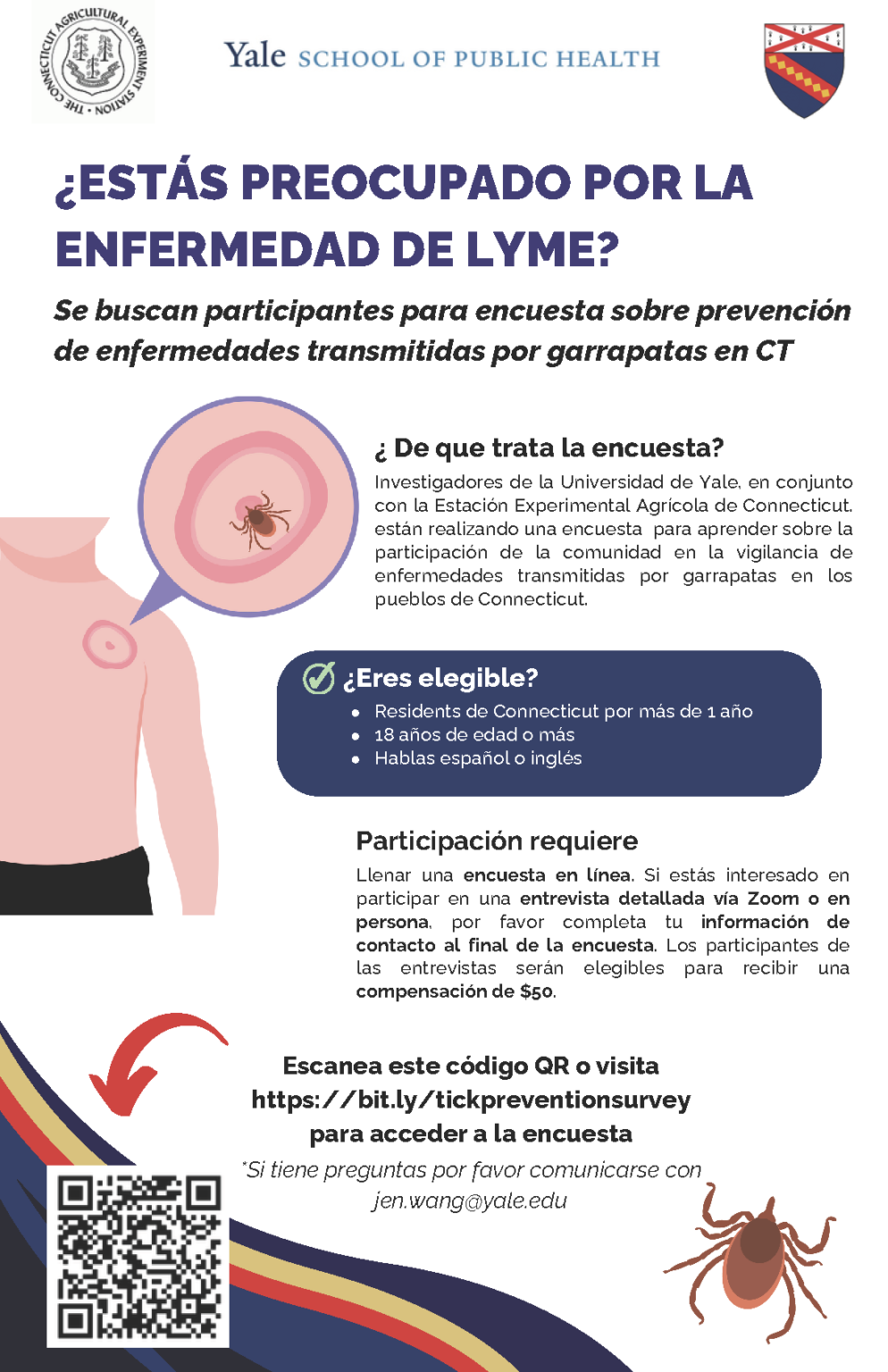As we move into mid‑May in Eastern Connecticut, tick activity is rising. With warm, mild conditions replacing a short winter, our local environment has become prime real estate for ticks at every life stage. According to experts at the Connecticut Agricultural Experiment Station (CAES), including Dr. Goudarz Molaei, this year’s unusually mild winter and early snow melt have triggered an earlier and potentially more active tick season in our region.
Ticks thrive in grassy, brushy, and wooded areas where hosts like deer, rodents, and even household pets are often found. Outdoor enthusiasts, gardeners, and pet owners should be aware that ticks are no longer confined to late spring and summer. Still, they can be encountered year‑round, especially in seasons following warmer winters.
How to Prevent Tick Bites
Reducing exposure to ticks is the cornerstone of tick‑borne disease prevention. The CDC recommends several key steps to keep you and your family safe when spending time outdoors:
-
Know where ticks live. Avoid wooded and brushy areas with high grass and leaf litter.
-
Dress for defense. Wear long sleeves, long pants tucked into socks, and light‑colored clothing to spot ticks easily.
-
Use EPA‑registered repellents. Apply repellents containing DEET, picaridin, or Oil of Lemon Eucalyptus on exposed skin, and treat clothing and gear with permethrin (0.5%).
-
Walk smart. Stay on cleared trails and walk in the center to reduce contact with vegetation.
-
Create a tick‑safe yard. Remove leaf litter, clear tall grasses around your home, and consider a wood chip barrier to deter tick migration into recreational areas.
What to Do If You Find a Tick
Despite your best efforts, ticks can still find their way onto your body. If you discover an attached tick:
-
Remove it promptly. Use clean, fine‑tipped tweezers to grasp the tick as close to the skin’s surface as possible and pull upward with steady, even pressure—no twisting or jerking.
-
Dispose safely. Place the tick in a sealed container, wrap it tightly in tape, or submerge it in alcohol. Avoid crushing it with your fingers.
-
Clean the bite area. Wash the site and your hands thoroughly with soap and water or rubbing alcohol.
-
Monitor and save evidence. Keep an eye on the bite site, and consider saving the tick in a sealed container for identification if symptoms develop CDC.
Conduct Regular Tick Checks
After outdoor activities, perform a full‑body tick check. Key places to inspect include:
-
Under arms
-
In and around ears
-
Inside the belly button
-
Back of knees
-
In and around the hairline
-
Between legs
-
Around the waist
Showering within two hours of being outdoors can wash off unattached ticks and is an ideal time for a thorough check.
Symptoms to Watch For
Early detection of tick‑borne illnesses is crucial. Recognizing the warning signs can prompt timely medical attention.
-
Lyme Disease: Fever, headache, fatigue, muscle and joint aches, swollen lymph nodes, and the hallmark erythema migrans (“bull’s‑eye”) rash appearing 3–30 days post‑bite. Later signs can include facial paralysis, severe headaches, heart palpitations, and arthritis.
-
Babesiosis: Flu‑like symptoms—fever, chills, sweats, headache, body aches, loss of appetite, nausea, and fatigue—and in severe cases hemolytic anemia and jaundice.
-
Anaplasmosis: Fever, headache, malaise, and muscle aches, typically beginning 5–14 days after a tick bite. Severe illness can develop, especially in older or immunocompromised individual.
-
Powassan Virus: Initial symptoms include fever, headache, vomiting, and weakness. Severe neuroinvasive disease may cause encephalitis or meningitis, with confusion, loss of coordination, and seizures—and transmission can occur in as little as 15 minutes of attachment.
If you develop a rash or fever within days to weeks of a tick bite, seek medical care promptly. Inform your healthcare provider of the tick exposure, when it occurred, and where you likely acquired it.

